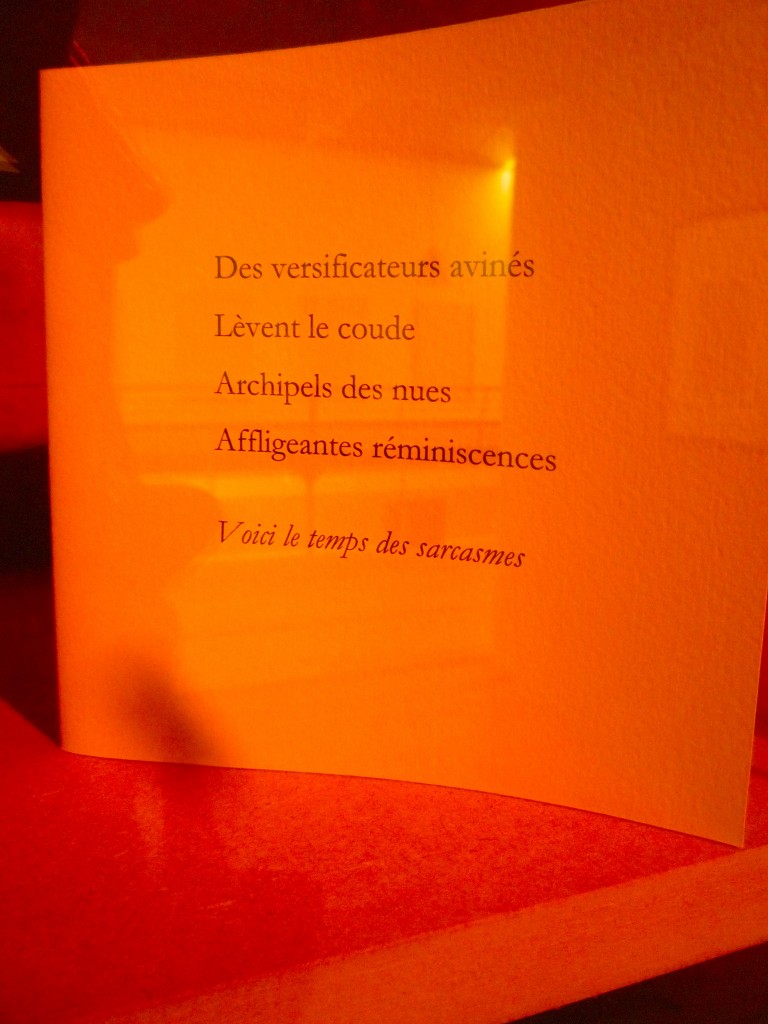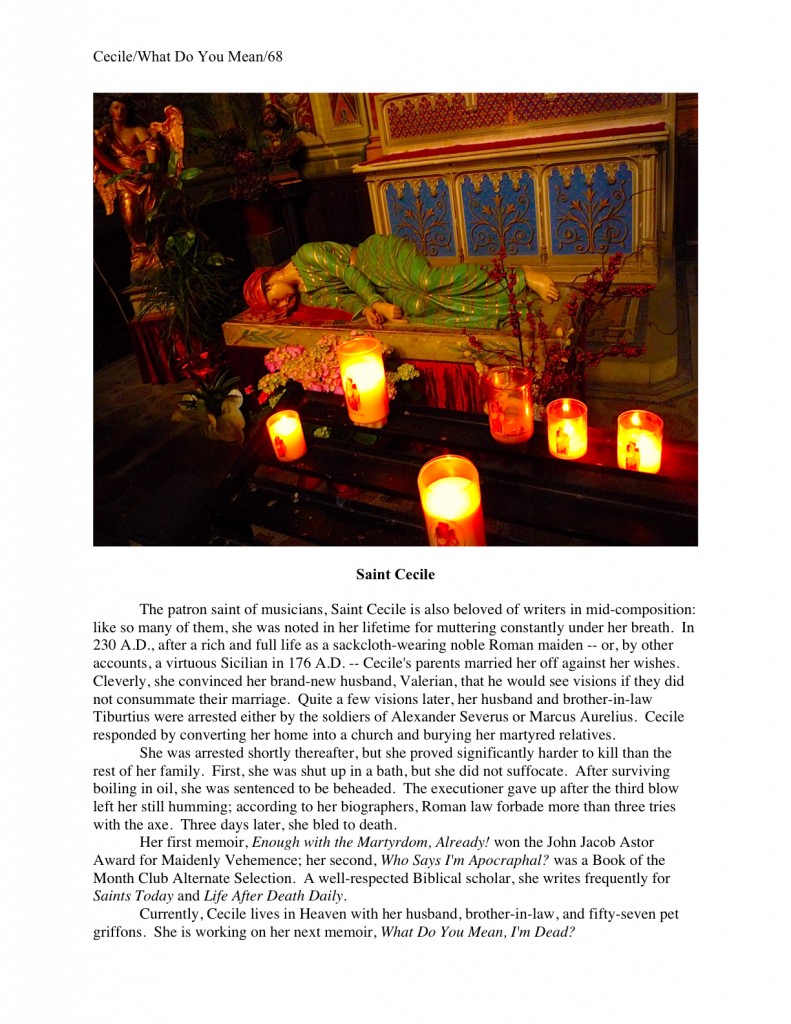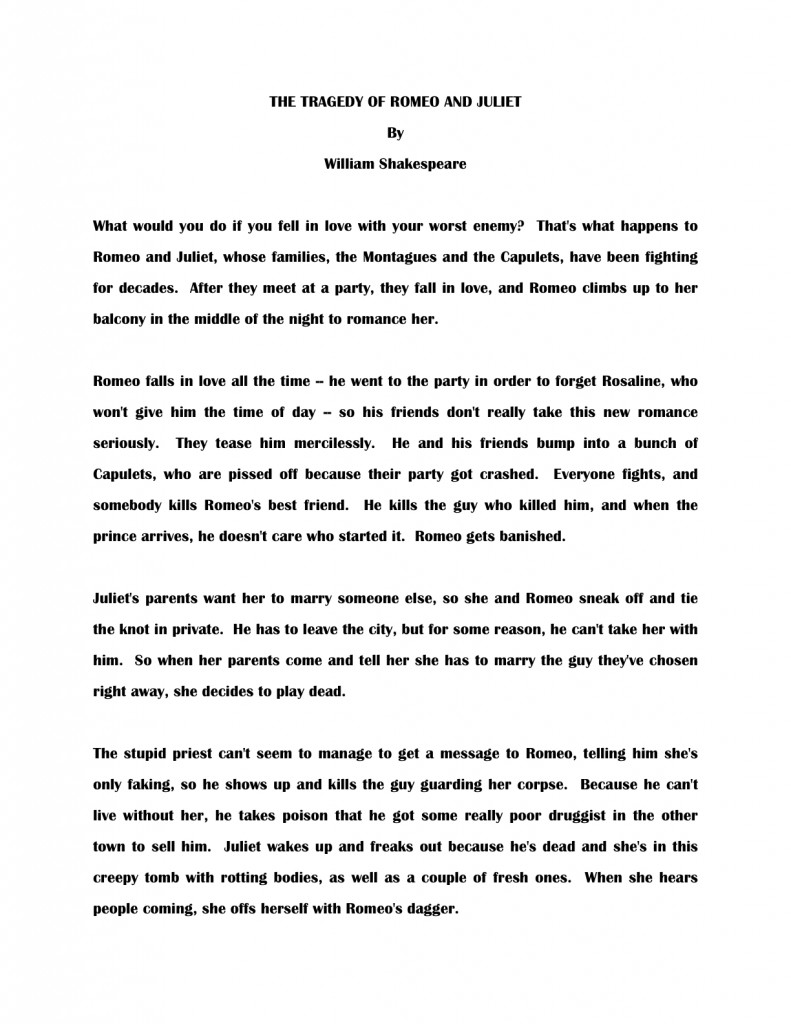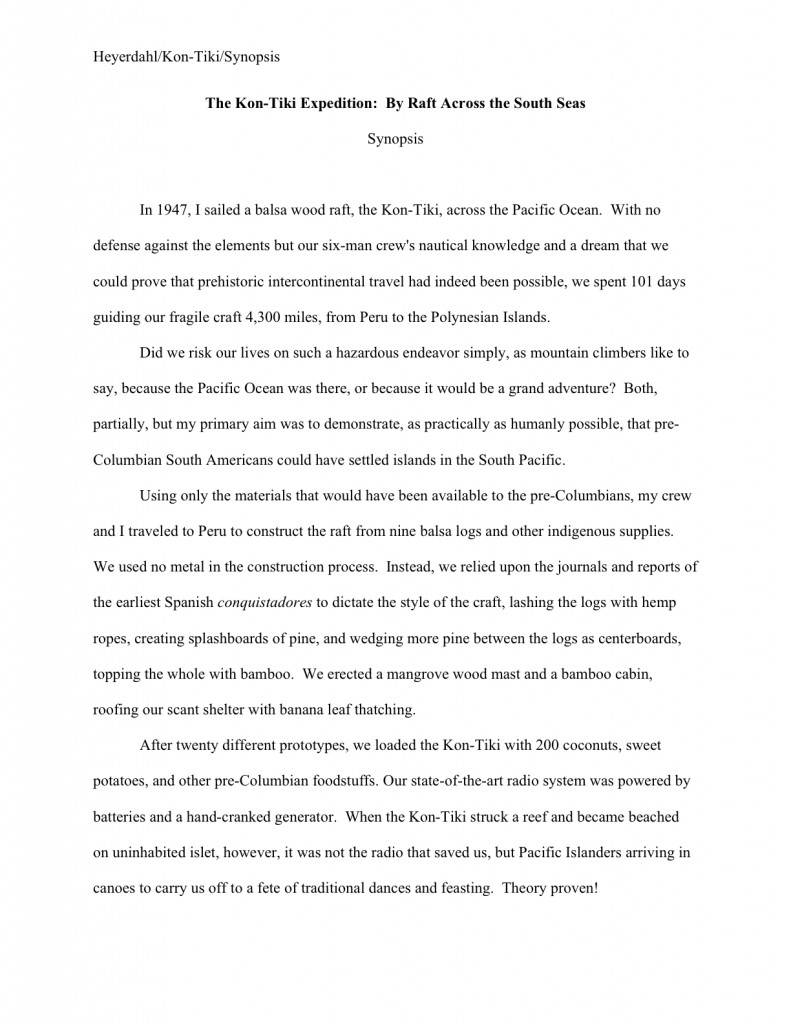
Before I launch into today’s juicy buffet of meaty topics, a quick reminder: next Wednesday, November 25 is the deadline for submissions to the Author! Author! Inspirational Writerly Quotes contest. It’s easy to enter, and I’m genuinely excited to see all of your favorite keeping-the-faith quotes. For contest rules, click here.
Some additional incentive, for those of you who need a nudge to enter: if I keep getting thought-provoking entries, I may need to add more prizes. I’m just saying.
Back to that tempting buffet I mentioned — and lordy, is it bounteous at the moment. I’ve been getting such good questions in response to the SIOA (Send It Out, Already) series that I’m going to extend it into next week. So please, if you have any reservations whatsoever about the timing of mailing off requested materials or — heaven preserve us — are thinking about not complying with a submission request at all, stick around. And feel free to leave questions in the comments on these posts.
To give the comment-shy a bit of incentive, remember how I was telling you that some of my most trenchant blog topics come from readers’ comments — and that many of the most thought-provoking are left anonymously, presumably because their leavers are convinced that their situations are unique enough that there might be some repercussions if the comment were posted under their real names?
The last time I went on a SIOA rampage, way back in 2007, one such timid questioner raised a fascinating point under the clever pseudonym Anonymous — a bit of evasion that in this case appears to be abundantly justified:
Should I send requested materials to an agent that I took a genuine dislike to? During the panel, she said she had never picked up anyone from a conference and didn’t hope to. During my pitch she was brusque, kept cutting me off, and I had the feeling she only requested {pages}to get rid of me.
Should I chalk it up to jetlag, headache, hangover, being from New York, MBLS (Millicent Burned Lip Syndrome), and send them anyway?
I suppose I could always say no later, but she’s from a fairly big agency and I’d just assume cold-query someone else from there if it’s going to be a long-term relationship.
Whenever I get a question like this, the wee hairs at the back of my neck begin to quiver — and not just because I can already feel half the agents I know lining up to glower at me for what I’m about to say. It’s because I hear stories like this from so many conference pitchers.
Yes, of course, I’m going to delve into why this is apparently such a common conference experience. But allow me to set some anonymous minds at ease first.
For starters, please, for your own sake, don’t prejudge an agent (or editor — or writer, for that matter, if you happen to be on the other side of the pitching table) based on a less-than-stellar first impression. It’s not unheard-of for a good agent-client relationship to emerge from a so-so or even downright hostile pitch meeting.
Stop shaking your head — it’s true. It’s also true that warm personal interaction at a first meeting or a we-love-writers speech from a conference do not necessarily guarantee a good future working relationship. Mostly because being a nice person is not an indispensable prerequisite for being either a good agent or a good writer.
Yes, yes, I know: those of us who happen to be both talented and nice would prefer that the two were linked. Because there is no necessary correlation, the oh-so-common writerly conference strategy of deciding whom to pitch based upon who sounded nicest during an agents’ forum is not particularly strategic.
How so? Well, in the first place, it’s far from unheard-of for a nice agent to put on a standoffish persona in conference situations, to avoid being swamped by eager would-be clients. The theory, I believe, is that if one makes oneself approachable, one is less likely to be approached.
In the second place, agents and editors are not infrequently sent to conferences primarily to give a talk, sit on a panel, or to promote a client’s book — only to find themselves expected to hear pitches as well for no additional compensation. One extremely prominent agent stalked into a Conference That Shall Remain Nameless a few years back and alienated virtually every writer there by not only announcing that he NEVER picked up clients via pitching, but that he wasn’t interested in speaking to anyone who wasn’t either already published or an attractive woman under 30.
He might have meant that last part as a joke. But I’m sure you can easily imagine the dismay of the fifty or so conference attendees who had been assigned to pitch to him. Especially when he devoted the rest of his time on the agents’ panel to alternating between promoting his recently-released book of advice for aspiring writers and rubbing it in the other agents’ faces that a client of his had recently won the Pulitzer Prize.
See earlier comment about the correlation between being nice and being good at selling books.
His book is quite well-respected, by the way. Yet after he treated that roomful of aspiring writers — who, after all, had paid a fairly hefty sum to hear him dash their dreams contemptuously into the convention center’s musty carpet — wild horses would have to drag me across a frozen lake in Hades before I would touch his book with a ten-foot pole, much less recommend it to my charming and sensitive readers.
But at least he was honest about pitching to him being a waste of time — as Anonymous’ manuscript-requester sounds like she was. (Or she could have been having a bad day, or it was her first conference…) Actually, I have more of a problem with agents who take the opposite tack, being immensely friendly to conference-attending writers when they have no intention of picking up any new clients.
It just goes to show you: an agent’s sales record is pretty much always a better indicator of how well she will represent your work than her level of charm on any given day.
Lest we forget, agents end up at conferences for a lot of different reasons — including drawing the short straw when the person the fairly large agency usually sends can’t do it this year. An agent who didn’t really want to be there might easily have made the statement Anonymous reported. As might someone new to conferences — or, as he pointed out, who is hung over, jet lagged, or just plain rude.
That being said, a hung-over, unhappy-to-be-there, naturally brusque, etc. person is infinitely more likely to get a writer to go away by saying no than by saying yes, so it’s worth considering the possibility that she genuinely wanted to see Anonymous’ material. Or thought his book might interest someone else at her agency — agents at large agencies do occasionally pass along submissions to one another.
Perhaps neither was the case here, but it was definitely worth checking out. And how does an aspiring writer do that, clever readers?
Shout it with me now: by Sending It Out, Already!
I can sense you scowling, SIOA-avoiders. “But Anne,” some of you protest mid-grimace, “I still think sending my precious manuscript to nasty old Grumblepuss is a waste of my time and resources. Why bother, when I could be querying or submitting to somebody else?”
Good point, oh scowlers — provided that you are indeed investing the energy you’re not investing in following up with Grumblepuss in approaching and submitting to other agents. Most SIOA-avoiders do not, alas.
And that’s especially unfortunate, because in the vast majority of post-pitching situations, the choice is not SIOAing to Grumblepuss or not sending it out at all. A savvy pitcher can usually garner several requests for materials at a large conference (if you doubt that, you might want to check out the HOW TO WRITE A REALLY GOOD PITCH and/or HALLWAY PITCHING categories on the archive list at right); even if Anonymous wasn’t able to buttonhole any other agent, he could always query other agents he heard speak. (As in, “I so enjoyed hearing your talk at Conference X that I am hoping you will be interested in my paranormal mystery…”)
After all, there’s no earthly reason that Anonymous couldn’t be SIOAing to Grumblepuss while simultaneously SIOAing, pitching, or querying others, right? Sing it out, long-time readers: unless an agent or agency SPECIFICALLY informs writers that he/she/it only accepts exclusive queries or submissions, an aspiring writer asked for materials is free to submit it to other agents at the same time. And should.
Besides, what does Anonymous really have to lose here? If Grumbles falls in love with his writing, it’s unlikely that she’s going to be anything but nice from there on out — and if she doesn’t fall in love with it, then her interpersonal skills won’t affect Anonymous ever again. It was just a bad conference meeting.
It’s also entirely possible that Grumbles wouldn’t have perceived herself as being brusque at all — I know plenty of agents who would begin to hurry a writer through a pitch the moment they decided that they wanted to see it. If they’ve already decided to read it, the logic runs, what more is there to say?
Especially if every syllable uttered in her presence sounds like a jetliner breaking the sound barrier somewhere within her brainpan. The demon drink does affect everyone differently, and few are the writers’ conferences where teetotalism prevails, if you catch my drift. Heck, I’ve attended conferences where the behind-the-scenes parties were so intense that some of the agents didn’t make it to their morning pitch meetings at all.
You might want to pick your jaw off the floor, lest some passerby inadvertently tread upon your lower lip.
When it comes right down to it, Grumbles DID make a professional commitment to read Anonymous’ work; he is well within his rights to expect her to honor it. If she was being brusque to hide that she was too much of a softie to say no, or to scare off potential submitters, well, that’s just sort of quixotic, and it’s not worth any aspiring writer’s energy to second-guess her.
But frankly, the too-nice-to-say-no contingent is generally, well, nice about it. They want to be liked, you see.
So unless Anonymous already knew for a fact that another agent at Grumbles’ agency has a strong track record of representing your kind of book AND he was planning to cold-query that agent within the next couple of months, I would go ahead and SIOA. Perhaps not with high hopes, but especially if she has scared off other potential submitters (thus reducing the number of manuscripts she will have received from the conference), Anonymous isn’t going to lose anything by doing what she asked him to do.
Because she might just say yes, right? And presumably, Anonymous knew enough about who she is and what she represents to want her as an agent.
Even if she did, out of some bizarre desire to make more work for herself, say yes when she meant no (not a common practice, in my experience, for the habitually insensitive), it’s highly unlikely that she would have let her Millicent in on her evil plan. At least not in enough detail to cause Millie to take one look at your cover letter, giggle, and pass it directly into the reject pile.
Hey, really effective sadism takes time and planning. Both Grumbles and Millicent are far to busy perusing that 4-month backlog of submissions.
Everyone comfortable with that? Or, if comfortable is too much to ask, at least able to live with it?
Nor was Anonymous’ the only great question raised by readers of my last rousing SIOA series. Listen, if you will, to the excellent point Rose raised:
I think I have a variation of this. Talked to you a while back about how several agents have been sitting on requested partials and fulls for a while. You suggested I contact them. I was too scared. I’ve queried over 100 agents already, this is a difficult book I think, but I know that it’s quite good…so what I’ve begun to do…I did write to an agent who had the full for 6 months, he said he didn’t remember getting it so I sent it again (electronically) and asked him to let me know he got it. He didn’t.
That was two months ago.
I’m more concerned about a couple of agents who have partials. They seem to be good fits for me, but they just haven’t replied and it’s been 6 months. I’ve resolved to send it again, this time on paper, with a note. (Actually one of these agents *did* get it on paper originally. Why would so many agents be so eager to see my book and then not even reply to reject it?)
And while it’s getting harder to hold this pose, my chin is still up pretty high.
Oh, how I wish Rose were the only aspiring writer in North America with this problem! Unfortunately, her dilemma seems to be getting steadily more common.
So common, in fact, that intrepid reviser Jenyfer posted a comment about it just the other day:
What I wonder more is why it is that once an agent asks to see the material and the material is actually sent, the agent can’t be bothered to respond. It’s one thing to ignore an unsolicited query / partial, but if they actually request it, you would think they could at least say “thanks, but no thanks” if they aren’t interested. Surely I’m not the only one this has happened to?
You and Rose are most emphatically not the only aspiring writers to whom this has happened, Jenyfer, but the why is hard to explain. Hard enough, I think, that I want to devote an entire post to the subject sometime soon.
In the meantime, let me complete the translation process Jenyfer initiated: the vast majority of the time, when an agent simply doesn’t respond at all to either a submission of requested materials or a query accompanied by materials that the agency’s website or agency guide listing specifically request that all queriers send, the answer is no, at least on this book project.
Or there isn’t an answer at all, because the agency never received the materials in the first place, accidentally deleted an e-mailed submission, mixed up your SASE with another aspiring writer’s…
You get the picture. The real problem with the increasingly frequent practice of not replying if the answer is no is not, to my mind, the inherent rudeness — I was brought up to treat even complete strangers’ dreams and aspirations with greater respect — but the fact that the submitter can never really know for sure whether the agent (or her Millicent) ever read the pages at all.
While you absorb the full horror of that last statement, let’s get back to Rose’s practical dilemma. Since it’s been 6 and 8 months, respectively, it’s almost certainly safe to assume that the answer is no, and the agents concerned just didn’t get around to mentioning that salient fact to Rose. Yet it is also possible that in those 6/8 months, one or all of these agencies adopted a policy that they respond only if they want to see additional pages or are ready to offer representation.
Such policies are, alas, increasingly common, especially for agencies that accept electronic queries and submissions. So if it’s been a while, a nail-gnawing waiting writer’s first stop should be the agency’s website and/or listing in the most recent edition of a well-established agency guide.
“That makes sense, Anne,” those who were scowling earlier concede. “But what should a self-respecting writer like Rose do if these agencies have no posted policies on the subject?”
Ah, that’s a more difficult question. Since Agent #1 has now spaced out twice, Rose is naturally more than within her rights to e-mail him and remind him that other agents are looking at it. Two months is long enough for courtesy, although I wouldn’t normally recommend following up before twice the agency’s stated average turn-around time. And before she follows up at all, of course, she should — chant it with me now — check the agency’s website or most recent guide listings for average turn-around times and possible policies of silence.
She should not send a whole new copy of the manuscript, mind you, but a politely-worded question that allows the agent to save face if he’s simply lost it:
Dear Mr. (Wayward Agent’s last name),
As you requested, I sent you the full manuscript of my novel, PLEASE DON’T IGNORE THIS STACK OF PAPERS, a couple of months ago. While you have been considering it, several other agents have asked to read it as well.
I thought you might want to be aware that other agents were also considering it. If you have decided that you are not interested, or if the manuscript has gone astray, please let me know.
Thank you for your continued interest in my book project, and I look forward to hearing from you soon.
Sincerely,
Rose Nailgnawer
See? No recriminations, no hurry-it-up-buddy, no here-it-is-for-a-third-time-you-moron, just a polite, professional reminder that Rose exists and is waiting for a response. And believe it or not, if the agency actually did lose the submission (the agent’s ambiguous statement that he doesn’t remember having received it doesn’t tell us anything either way), or if it’s still sitting in a post office just outside Peoria, the agent actually will want to know about it.
Unfortunately, the only way he is at all likely to find out about such an error is if the submitting author tells him. In an environment where most agents vastly prefer to be left alone to consider their immense backlog of manuscripts, that’s an inherently risky thing to do.
See why being polite is so very important? And why I always recommend continuing to query and submit elsewhere while any given agent is considering a manuscript, partial or full?
Speaking of multiple submissions, a missive like this would be an especially good idea to send if she had formerly neglected to mention that there were other agents taking a gander at it in the first place. In fact, this would be a good time to politely remind/inform Agents #2 and 3 of the same fact — because technically, the non-responsive agent IS considering it, right?
Incidentally, though, there are a couple of ways that Rose could have hedged her bets earlier, both when she submitted in hard copy and electronically. The accepted method of asking for receipt confirmation is to send a self-addressed, stamped postcard (with a hard copy, obviously) and ask the agent in your cover letter to drop it in the mail when he receives it.
The other common method is to send the pages via a mail service (and the USPS does offer this cheaply) that requires a signature upon receipt. Do check in advance, though, whether the agency has a policy that it will not sign for parcels — many now do.
Two more reasons that paper submissions are far, far better for writers than electronic ones. But if an agent insists upon an electronic submission, the easiest way to confirm that it got there is to cc the missive to yourself. That way, you will receive a dated copy.
Most of this is moot, of course, if Agent #1 works at an agency whose stated policy forbids simultaneous submissions to other agencies. But even if he did insist on having a solo peek at the work, Rose should have moved on after three months, maximum; it’s not fair to her otherwise. That’s a subject for another post, however.
The moral: while yes, most of the time-related decisions in a submission situation do lie in the receiving agent’s hands, the writer does not need to sit around and wait helplessly. A career-minded writer keeps moving forward until some agent worthy of representing the book says yes.
Even if that takes more than a 100 tries — not at all out of the ballpark these days, by the way, even for the best of first books. So keep pressing forward, because that’s the only way to succeed in the end.
Welcome to a world where overnight successes have almost always been at it for at least five years. Hanging in there has benefits, I assure you. Keep up the good work!





























 unfortunately, writers all too often automatically assume that it’s the idea of the book being rejected, rather than a style-hampered querying letter or a limp synopsis.
unfortunately, writers all too often automatically assume that it’s the idea of the book being rejected, rather than a style-hampered querying letter or a limp synopsis.










